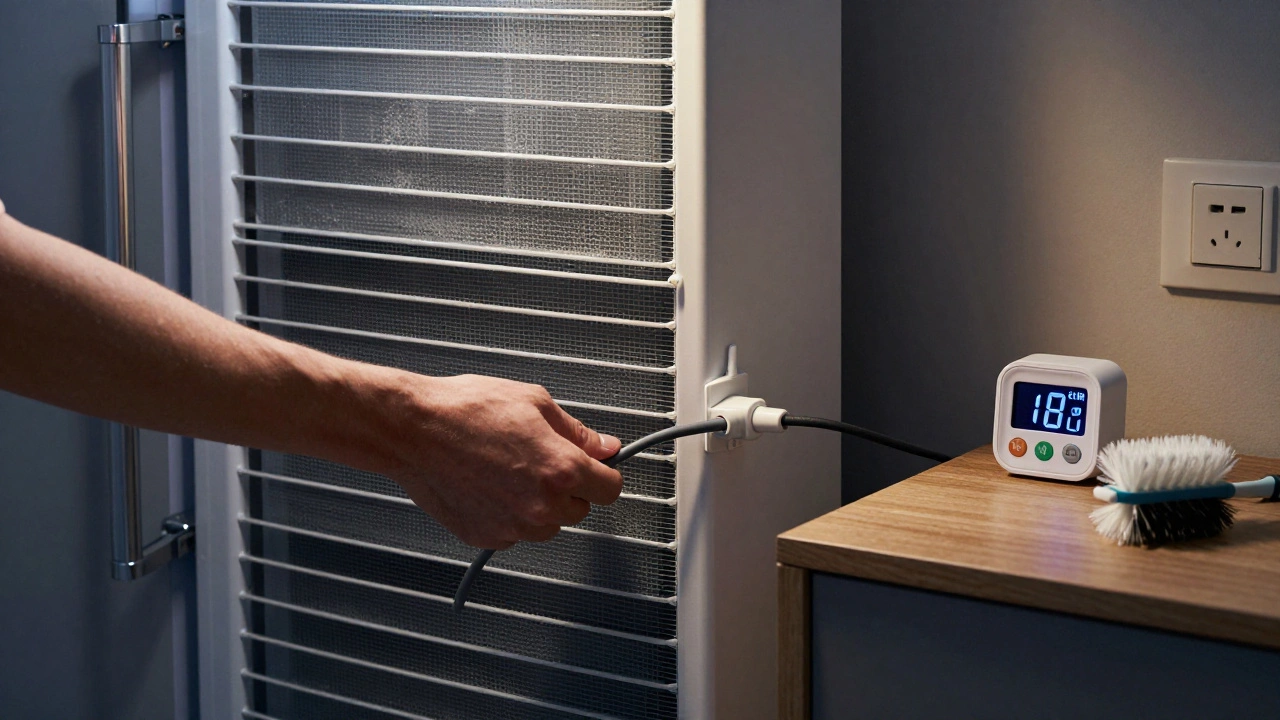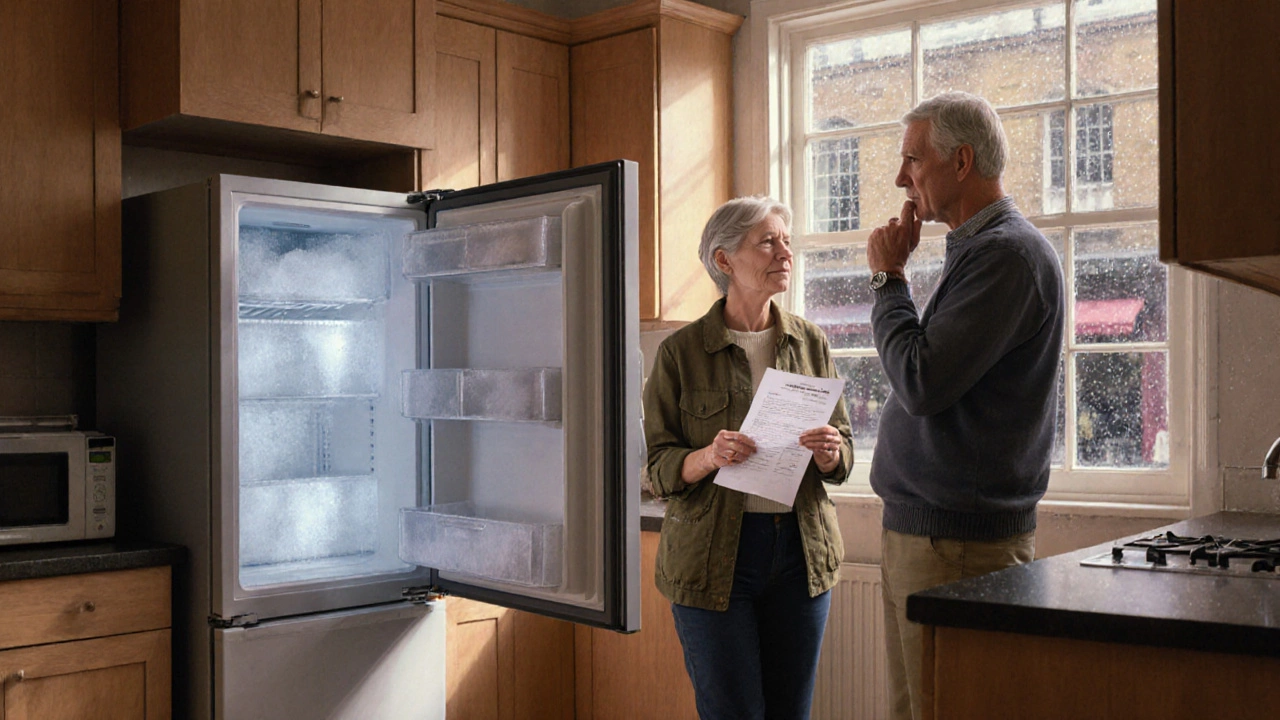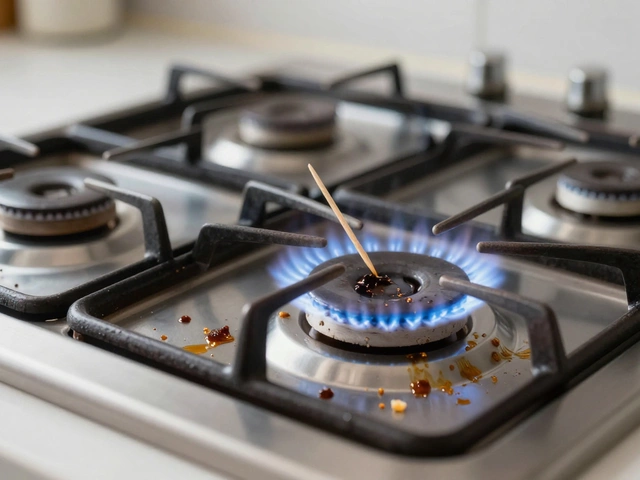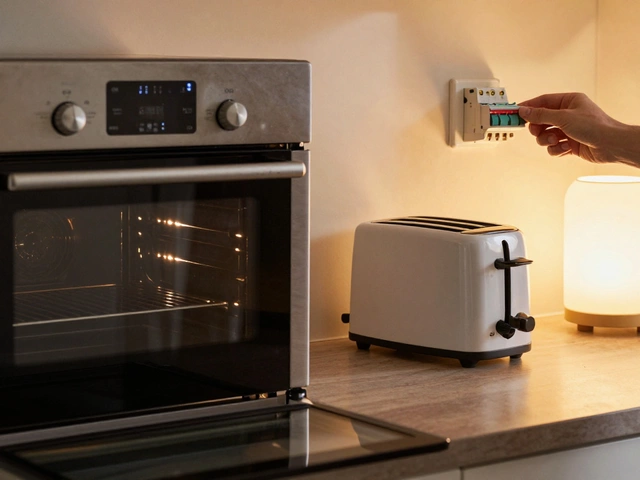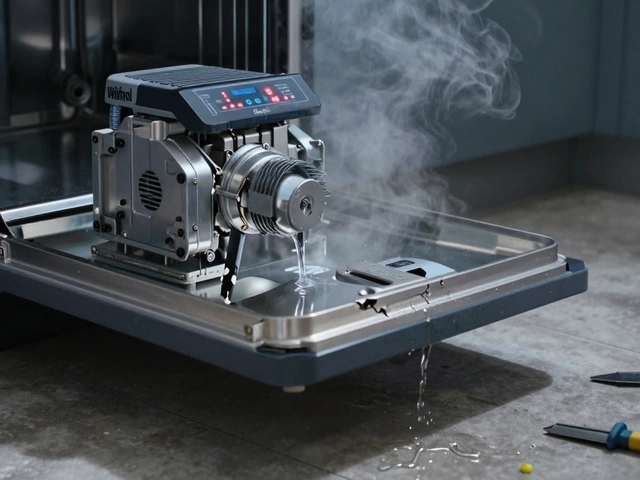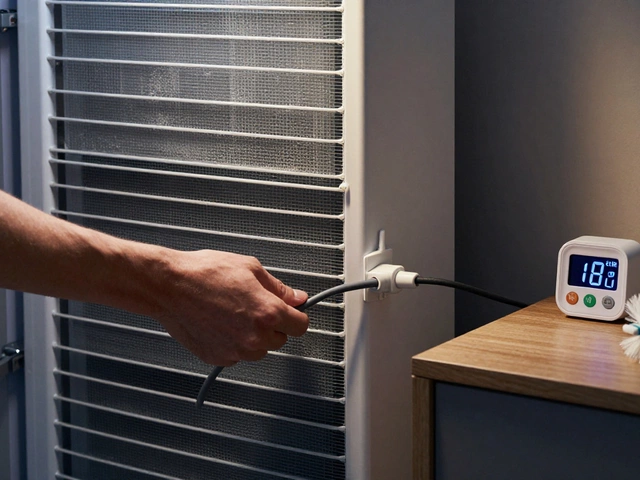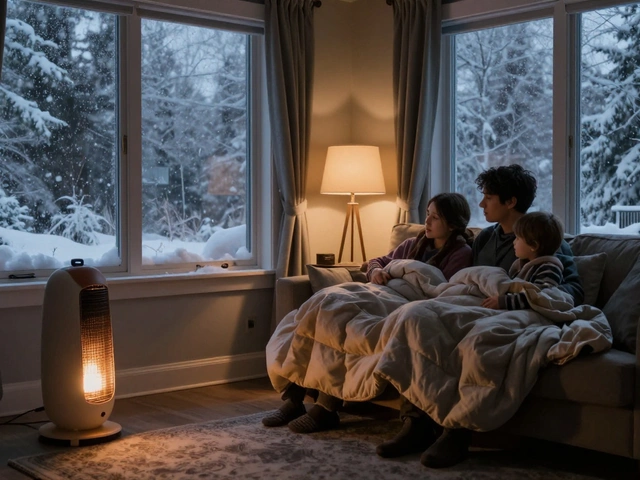Freezer Troubleshooting – Fast Fixes for Common Issues
If your freezer is acting up, you don’t have to panic. Most problems are easy to spot and can be solved in under an hour. Below are the most common culprits and the steps you can take right now.
Why Your Freezer Isn’t Cold
First thing to check is the temperature control. Many people set it too high by accident. Use a freezer thermometer and aim for -18°C (0°F). If the dial looks right but the temperature is still warm, unplug the unit for five minutes, then plug it back in. This resets the sensor and can clear minor glitches.
Next, look at the door seal – the rubber gasket around the edge. A cracked or dirty seal lets warm air sneak in. Run your hand around the edge; if you feel cold air escaping, clean the gasket with warm soapy water and a soft cloth. For tears, a simple gasket repair kit from a DIY store works well, but if the damage is extensive, replacement is the safest bet.
Frost buildup is another frequent cause. When ice builds up more than a quarter inch, it blocks the airflow inside. Defrost the freezer: turn it off, empty the contents, and let the ice melt. Place towels at the bottom to catch water. Once it’s clear, wipe the interior dry, turn the unit back on, and reset the temperature.
Don’t forget the condenser coils at the back or underneath the freezer. Dusty coils make the compressor work harder and can cause the freezer to overheat and shut down. Vacuum the coils with a brush attachment or use a coil cleaning spray. Do this every six months to keep performance steady.
Preventing Ice Buildup and Leaks
Leaking water is usually a sign of a clogged defrost drain. Locate the drain hole (often at the back wall) and pour a cup of hot water down it. This melts any ice blockage and restores proper drainage. If the water still pools, a flexible pipe cleaner can push the clog out.
Overloading the freezer can restrict air circulation. Keep at least an inch of space between items and avoid stacking heavy boxes directly against the walls. This helps cold air move freely.
Finally, check the power source. A tripped circuit breaker or a loose plug can cause intermittent cooling. Reset the breaker and make sure the plug is firmly seated. If the freezer still misbehaves after these checks, the compressor or thermostat might be failing – that’s when a professional repair service is the best call.
By running through these quick checks, you’ll fix most freezer hiccups without needing a callout. Keep a small checklist handy, and you’ll know exactly what to look for the next time the freezer starts acting up.
How to Reset Your Freezer Compressor: Step-by-Step Guide for Common Issues
- Alden Wilder
- Dec 1 2025
- 0 Comments
Learn how to safely reset your freezer compressor when it stops cooling. Step-by-step guide with cleaning tips, common mistakes, and when to call a pro. Fix it yourself and avoid costly repairs.
View MoreShould You Repair Your Freezer? Cost, Risks & When to Replace
- Alden Wilder
- Sep 30 2025
- 0 Comments
Learn how to decide if fixing a freezer makes sense, compare repair costs to buying new, and get tips for maintenance and choosing a reliable service.
View More